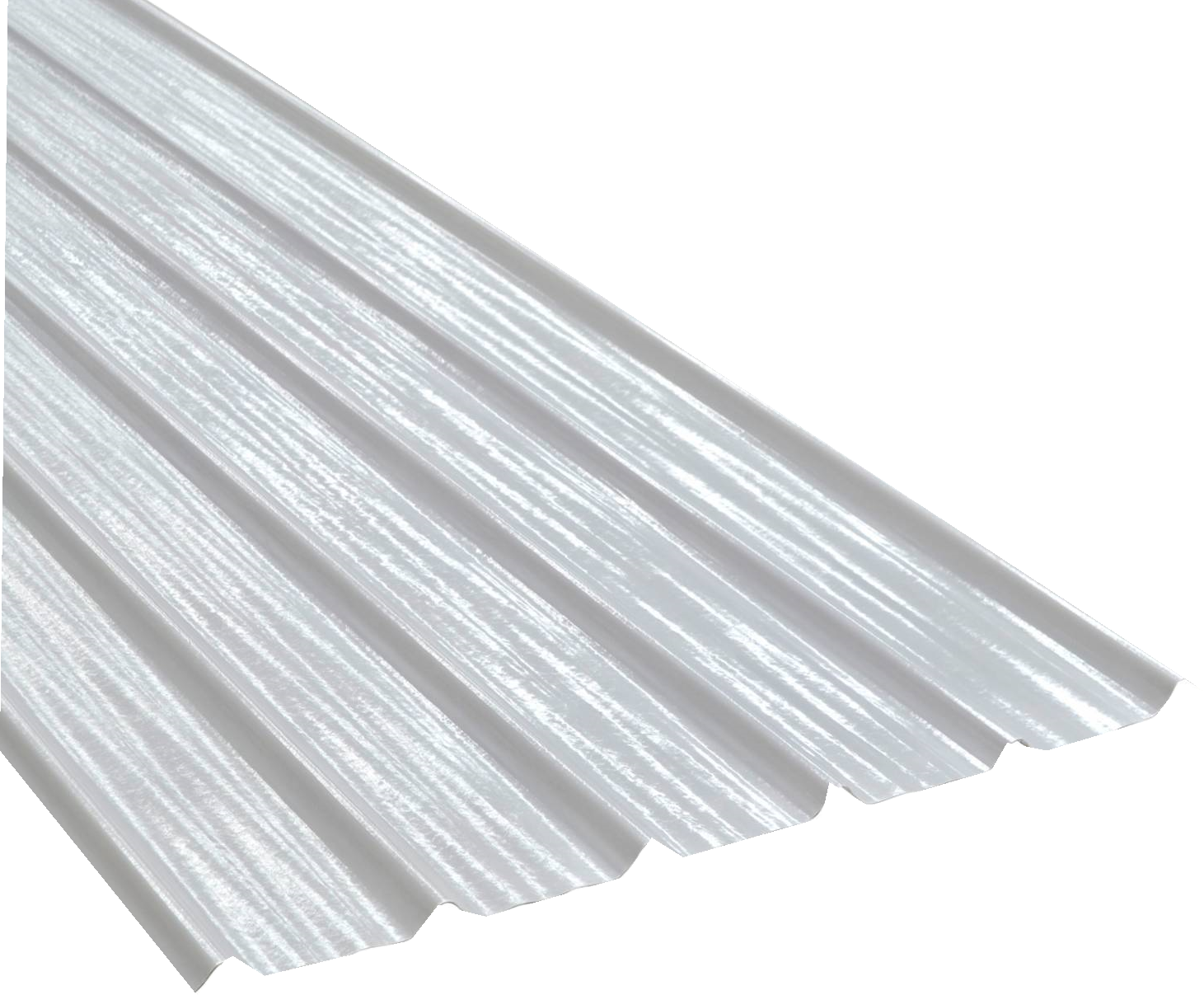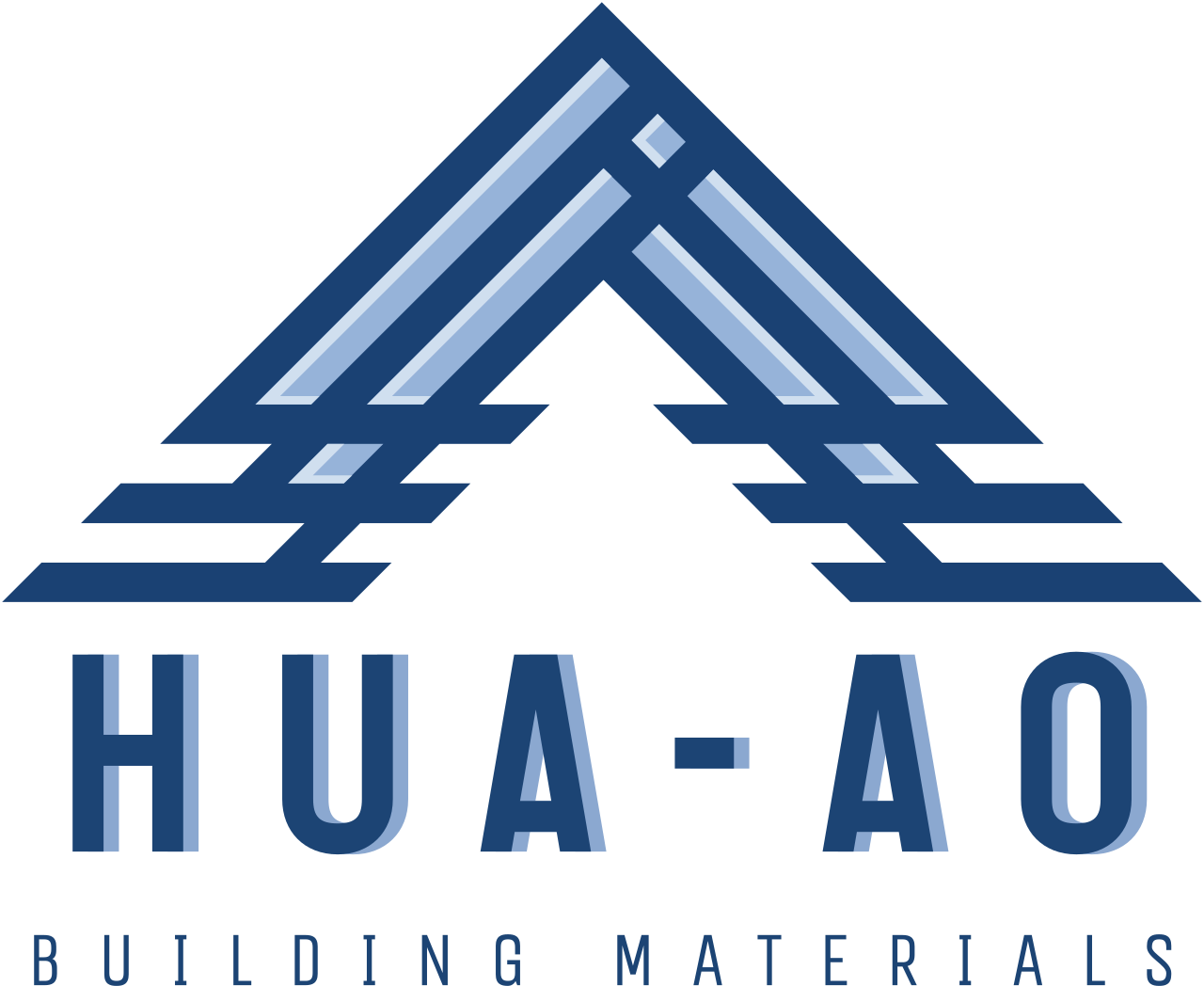
When choosing materials for roofing, cladding, or industrial applications, both PVC (Polyvinyl Chloride) sheets and FRP (Fiberglass Reinforced Plastic) sheets are popular options. Each has its own advantages depending on the specific requirements of the project. Here's a comparison to help you make an informed decision:
1. Strength and Durability
FRP Sheet: Extremely strong and durable, FRP is reinforced with fiberglass, making it resistant to impact, corrosion, and extreme weather conditions. It is ideal for environments exposed to chemicals and harsh conditions.
PVC Sheet: While PVC is durable, it is not as strong as FRP. PVC can become brittle over time when exposed to UV radiation and extreme temperatures, making it more suitable for less demanding environments.
2. Weight
FRP Sheet: Lighter than many traditional materials like metal but still heavier than PVC due to the fiberglass reinforcement.
PVC Sheet: Lightweight and easy to install, making it an economical choice for lightweight structures or areas where reducing weight is crucial.
3. Corrosion Resistance
FRP Sheet: Highly resistant to corrosion, especially in environments with chemical exposure. It’s often used in industrial and marine applications.
PVC Sheet: PVC also offers good corrosion resistance but is more susceptible to damage from strong chemicals compared to FRP.
4. Thermal Properties
FRP Sheet: FRP has excellent thermal resistance and doesn’t warp easily under heat. It can handle higher temperature ranges without degrading.
PVC Sheet: PVC has a lower heat tolerance and can warp or melt when exposed to higher temperatures. It is not recommended for high-heat environments.
5. UV Resistance
FRP Sheet: FRP sheets have better UV resistance, especially when coated with UV-protective layers. This makes them a better choice for outdoor use, particularly in areas with intense sunlight.
PVC Sheet: While some PVC sheets are UV-stabilized, prolonged exposure to sunlight can cause discoloration and degradation over time.
6. Fire Resistance
FRP Sheet: Generally, FRP sheets are designed to be fire-retardant with additional coatings or additives.
PVC Sheet: PVC naturally has some fire-retardant properties due to its chlorine content but is not as effective in high-risk fire zones compared to specially formulated FRP sheets.
7. Applications
FRP Sheet: Ideal for industrial environments, agricultural buildings, greenhouses, and areas requiring chemical resistance and durability.
PVC Sheet: Often used in residential construction, signage, cladding, and other lightweight structures where chemical exposure and extreme conditions are less of a concern.
8. Cost
FRP Sheet: Tends to be more expensive due to its durability, strength, and resistance to harsh conditions.
PVC Sheet: Generally more affordable, making it a budget-friendly option for less demanding applications.
Conclusion:
Choose FRP for environments that demand superior strength, corrosion resistance, and long-term durability.
Choose PVC when looking for a lightweight, cost-effective solution for residential or commercial applications with moderate environmental exposure.
Both materials have their place, but the choice ultimately depends on the specific requirements of your project.












